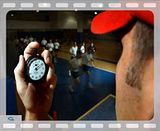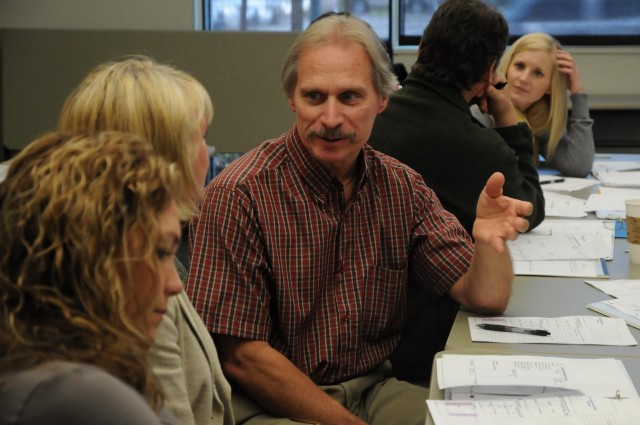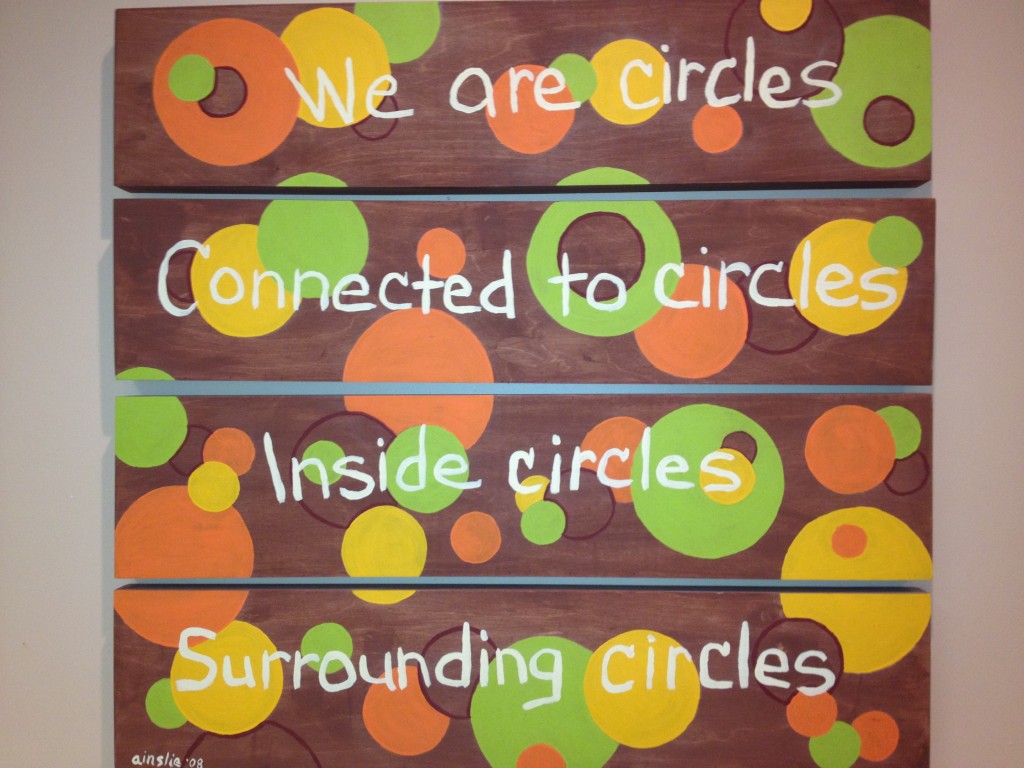
“What do you do?” a new acquaintance asked me the other day. “I’m in the business of changing people’s lives,” I replied.
“Tell me more,” he smiled. “I use co-active coaching, positive psychology and the science of happiness to help people become healthier, more productive and to flourish,” I said.
I followed up by asking him what in his life brings him the greatest joy. “My partner,” he replied. “She is an amazing woman, and we have a wonderful relationship. Every day is a new adventure, and I cherish our every moment together.”
“What would it be like if you could have that passion in other areas of you life—in your career, for example?” I invited him to explore. “It would be great!” he replied. “I’ve never really thought that could be possible. The place I work at is so miserable. While I try to stay positive, there is so much negativity around me when I’m there. I don’t think I can make lemonade out of the lemons I’ve been given at Blankety-Blank Company.”
Isn’t that the way so many people feel? And what a shame. The thing is, each person has the option to control a good deal of his or her own happiness. Here’s where the science of happiness at work comes in. Because we can measure the key drivers of happiness at work (contribution, conviction, commitment, culture, confidence—coupled with trust, recognition and pride), we can focus in on the areas that need a boost. My business, Capiche, does this with individual coaching and team workshops. The results are impressive—both for the individuals and for the company. Individuals gain greater confidence, creativity, energy and job satisfaction. The company gains longer-term employees with 100% greater productivity who take ten times less sick leave, provide better customer service, make more accurate and better decisions, and are better team players.
Are you interested? I’d love to explore how the science of happiness can work for you. I invite you to contact me for a 30-minute sample coaching session to explore your personal happiness—either as it pertains to work or anything else. If you are a team leader and want to explore how your team can be happier, contact me for a free team happiness at work report that shows where your team could use a boost. Nothing to lose. No obligations. No kidding! I’m in the business of changing people’s lives. chris@capiche.us or 541-601-0114


 I was reminded of the classic book yesterday while Skyping with a young manager who trains employees for a multinational Fortune 100 consumer electronics firm in the Washington, D.C., area. She asked me if I’d ever read the book—well yes! We laughed. In 1982 when it was first published!
I was reminded of the classic book yesterday while Skyping with a young manager who trains employees for a multinational Fortune 100 consumer electronics firm in the Washington, D.C., area. She asked me if I’d ever read the book—well yes! We laughed. In 1982 when it was first published!


 Springtime. Are you ready to emerge from your wintertime way of life and welcome the new possibilities of spring? I say, “Yes, I am” and when I look at what I’m doing, it’s perfect! Last month I began the fast-track co-active coaches training program at
Springtime. Are you ready to emerge from your wintertime way of life and welcome the new possibilities of spring? I say, “Yes, I am” and when I look at what I’m doing, it’s perfect! Last month I began the fast-track co-active coaches training program at  The educational landscape is shifting—fast. It’s because of three revolutions that have occurred since 2000. This was the message of
The educational landscape is shifting—fast. It’s because of three revolutions that have occurred since 2000. This was the message of  Fools, showers and tax returns. Perhaps T.S. Eliot was right when he wrote that “April is the cruelest month.”
Fools, showers and tax returns. Perhaps T.S. Eliot was right when he wrote that “April is the cruelest month.” Have you ever endured a team meeting that went from productive to disastrous? Where the people from the departments that make up the team just didn’t seem to get it? They fought with each other, protected their own departments and were distracted by a bazillion side issues and personal problems? Did you drift off, thinking of Elvis Costello’s plaintive cry, “What’s so funny ‘bout peace, love and understanding?” Does it make you want to go back to the good ol’ days where each department did its job and didn’t have to worry about what was going on in other areas of the organization?
Have you ever endured a team meeting that went from productive to disastrous? Where the people from the departments that make up the team just didn’t seem to get it? They fought with each other, protected their own departments and were distracted by a bazillion side issues and personal problems? Did you drift off, thinking of Elvis Costello’s plaintive cry, “What’s so funny ‘bout peace, love and understanding?” Does it make you want to go back to the good ol’ days where each department did its job and didn’t have to worry about what was going on in other areas of the organization?



